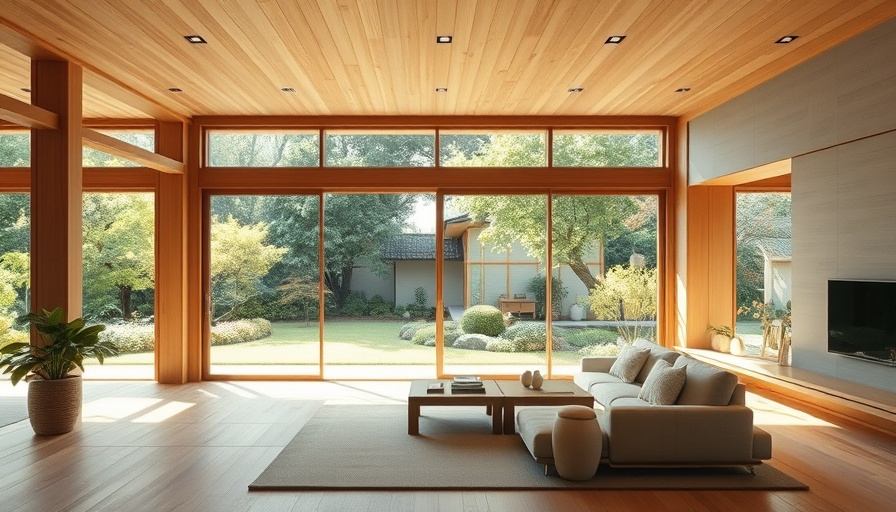
Understanding the Net-Zero Challenge for SME Manufacturers
As the world grapples with climate change, small and medium-sized enterprises (SMEs) in the manufacturing sector stand at a unique crossroads. Transitioning to a net-zero economy not only signifies a shift in energy consumption but also presents an incredible opportunity for innovation and growth. But what does this transition entail for Canada’s SMEs? With increasing pressure to reduce carbon footprints, many manufacturers are seeking actionable pathways to align with national climate goals.
Why SMEs Are Crucial in Canada’s Green Transition
SMEs collectively represent a significant portion of Canada’s manufacturing output, making their participation pivotal in achieving net-zero targets. Unlike larger entities, SMEs are often more flexible and can pivot quickly to adopt sustainable practices. This adaptability allows them to initiate changes that contribute to a greener economy, while also enhancing their competitiveness in an increasingly environmentally conscious market.
Innovative Strategies for Net-Zero Emission Reductions
Among the strategies emerging in this sector, adopting energy-efficient technologies and fostering sustainable practices within operations are prime examples. Utilizing renewable energy sources, such as solar or wind, and investing in energy-efficient machinery can yield significant long-term savings and reduce carbon emissions. Furthermore, engaging in practices such as waste reduction, eco-design, and recycling materials can contribute to a circular economy, benefiting both the environment and the bottom line.
The Role of Community and Collaboration
The transition to net-zero isn't a journey that SMEs must undertake alone. Collaborative efforts with local governments, environmental organizations, and other businesses can create a supportive ecosystem for sustainable practices. Community-focused initiatives—such as workshops, grants, and partnerships for resource sharing—not only bolster local economies but create a culture centered on sustainability. By pooling knowledge and resources, SMEs can better navigate the complexities of going green.
Discovering Funding and Resources
For many SMEs, the upfront costs of transitioning to greener alternatives can be daunting. However, numerous funding programs and incentives exist to facilitate this shift. Government grants, tax credits, and financing options specifically geared toward energy efficiency upgrades and sustainable technologies can lighten the financial burden. Understanding these resources and leveraging them effectively can make a significant difference in the adoption of green practices.
Moving Forward: The Time for Action is Now
The general public is becoming increasingly vigilant about sustainability, making it imperative for SMEs to act. By taking proactive measures towards achieving net-zero emissions, businesses not only align with future market demands but also enhance their brand reputation. The ethical and environmental imperatives of our times encourage manufacturing sectors to lead by example.
 Add Row
Add Row  Add
Add 




Write A Comment